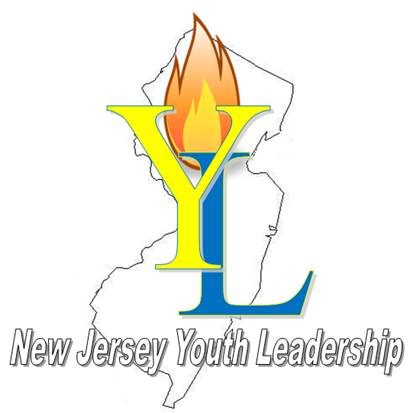Choice
Leadership is not defined by a position or
popularity. Leadership is a choice. I can debate this point with a number of
contemporary leadership authors but you have to agree that everyone has a
choice. You also have a choice as to the type of leader you portray. There are
great leaders then there are great, bad leaders.
I call the great, bad
leaders: “Tater Tot Leaders.” I use the analogy of a school cafeteria. One kid
throws a tater tot, and I have to admit, the size and shape are conducive to
throwing. Then another kid throws one. Before you know it, the whole table is
throwing tots. The one kid that threw the first tot is a leader, he has
followers but he led in a bad direction. I can use the same analogy to some
very bad world leaders that had whole countries following them.
Some authors will
deliberate that leaders are born. I will argue that there are some
circumstances that may be advantageous to your quality of life and your opportunities
because we aren’t all born on a level playing field. However, as life
progresses, your ability to lead and the direction you choose to lead are
entirely up to you. In fact, this type (power) of leadership stifles the
leadership potential within the organization. These types of leaders lack the
ability to reach their potential because they associate power or lack of power
as vulnerability that deteriorates their leadership. On the contrary, once you
think you need invincibility you become a fairytale leader that will allow the
organization to perish because you try to live forever without setting up your
organization to thrive in the long-term.
Positional leaders take
the power wherever they go, so to speak. These people define leadership as power,
and they think there is a finite amount of leadership. These people will not promote
leadership for everyone.
So let us create some
leadership. Get on board the leader-ship. Choose and accept your role as a
leader. Over the years we (my colleagues, family, and I) have tried to simplify
the topic of leadership success. Through research and experience we broke it
down to four areas that will balance your opportunities: 1) Self-Management – Organization, 2) Communication – Listening, 3) Critical Thinking, Problem
Solving, and Team Building, 4) Character Education – Service Learning
These four areas are
intertwined. Success in all four areas will balance the leadership process and
your life. There will always be empty seats on the leader-ship. So, climb on
board.It's your Choice.


